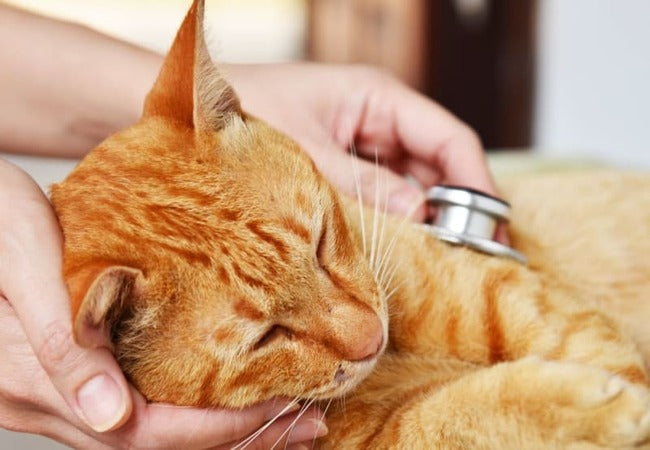Vet‑Approved 2025 Guide: How to Care for Your Cat After Orthopedic Surgery – Recovery Tips & Support 🐱🛠️💉

In this article
Vet‑Approved 2025 Guide: How to Care for Your Cat After Orthopedic Surgery – Recovery Tips & Support 💉🐱🛠️
By Dr. Duncan Houston BVSc
When your cat has orthopedic surgery—like fracture repair, FHO, or amputation—post-operative care is just as important as the surgery itself. Healing takes time, often 8–12 weeks, and sometimes up to 6 months. This comprehensive 2025 guide covers incision care, movement restrictions, pain control, rehab, nutrition, and supportive tools like Ask A Vet, to ensure a calm, successful recovery. 🐾✨
🔍 How Long Does Recovery Take?
Soft‑tissue surgeries typically heal in 2–6 weeks, but orthopedic procedures (bones, joints, implants) require significantly longer. About 80 % of healing occurs in 8–12 weeks, with full recovery possibly taking 6+ months.
🧷 Monitoring the Incision (10–14 Days)
Check daily for redness, swelling, discharge, warmth, and any signs of infection. Keep bandages clean, dry, and replaced as directed to prevent pressure sores and infections.
🏡 Restricted Movement & Enforced Rest
- Limit to safe, confined space—no stairs, jumping, or free-roaming for several weeks.
- Use non-slip surfaces (rugs, enclosures) to support mobility.
- Crate rest may be needed—choose a roomy crate that accommodates water, food, and an E-collar if in use.
💊 Pain Management & Medications
Follow vet-prescribed painkillers (NSAIDs, opioids) and antibiotics. Never give human medications without consultation. Sudden discomfort, lethargy, or reduced appetite may indicate pain or complications.
🏋️ Physical Therapy & Rehab
- PROM exercises: Gently flex and extend joints to prevent stiffness and muscle loss.
- Professional rehab (hydrotherapy, massage) can expedite recovery.
- Increase activity gradually under vet guidance, based on x-ray monitoring.
🥗 Feeding & Nutrition Adjustments
- Reduce daily intake during restricted activity to prevent weight gain.
- Offer small, palatable meals post-anesthesia—like chicken or fish—gradually returning to regular food.
📋 Post‑Op Check-Ups & Imaging
X-rays are typically performed at 3–4 days, 2 weeks (staple removal), and around 8 weeks to assess bone healing. Keep scheduled vet visits to monitor progress and catch issues early.
⚠️ Watch for Complications
- Excessive swelling or bruising in the first 1–2 weeks is normal; persistent pain, warmth, or discharge is not.
- Report fever, decreased appetite, vomiting, or reduced bathroom output promptly.
🛠️ Tools That Support Healing
- Ask A Vet: Get virtual check-ins, photo evals, and expert guidance without travel.
📅 Sample Recovery Timeline
- Days 1–14: Daily incision checks; strict confinement; administer meds.
- Weeks 2–4: Begin gentle PROM; leash-only toilet breaks; first x-ray and follow-up.
- Weeks 4–8: Gradually increase supervised activity; second x-ray check.
- Months 3+: Return to normal activity as vet approves; complete recovery up to 6 months.
📞 When to Contact the Vet
- Incision issues: redness, swelling, discharge, bad smell.
- Persistent pain, inability to use limb, fever, vomiting.
- Not eating/drinking >48 hrs or not urinating/defecating appropriately.
🏁 Final Thoughts
Orthopedic surgery gives cats a second chance at mobility, but recovery requires patience, care, and close oversight. With daily monitoring, proper confinement, guided rehab, balanced nutrition, and supportive tools like Ask A Vet, you can ensure your cat heals comfortably and regains strength. Stay committed, stay supported—and here’s to your feline friend’s renewed vitality! 🐱❤️






